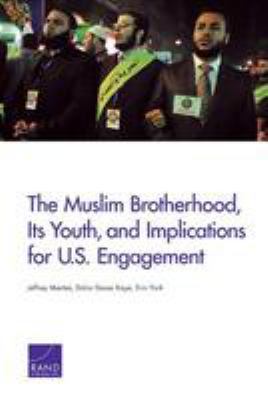
|
The Muslim Brotherhood, its youth, and implications for U.S. engagement
Copies
0 Total copies, 0 Copies are in,
0 Copies are out.
Title
The Muslim Brotherhood, its youth, and implications for U.S. engagement
Authors
Subjects
Language
English
Published
Santa Monica, California : Rand, 2012.
Publication Desc
xvii, 77 pages : illustrations ;
ISBN
9780833077097
(pbk. : alk. paper)
LCCN
2012040220
Dimensions
23 cm.









